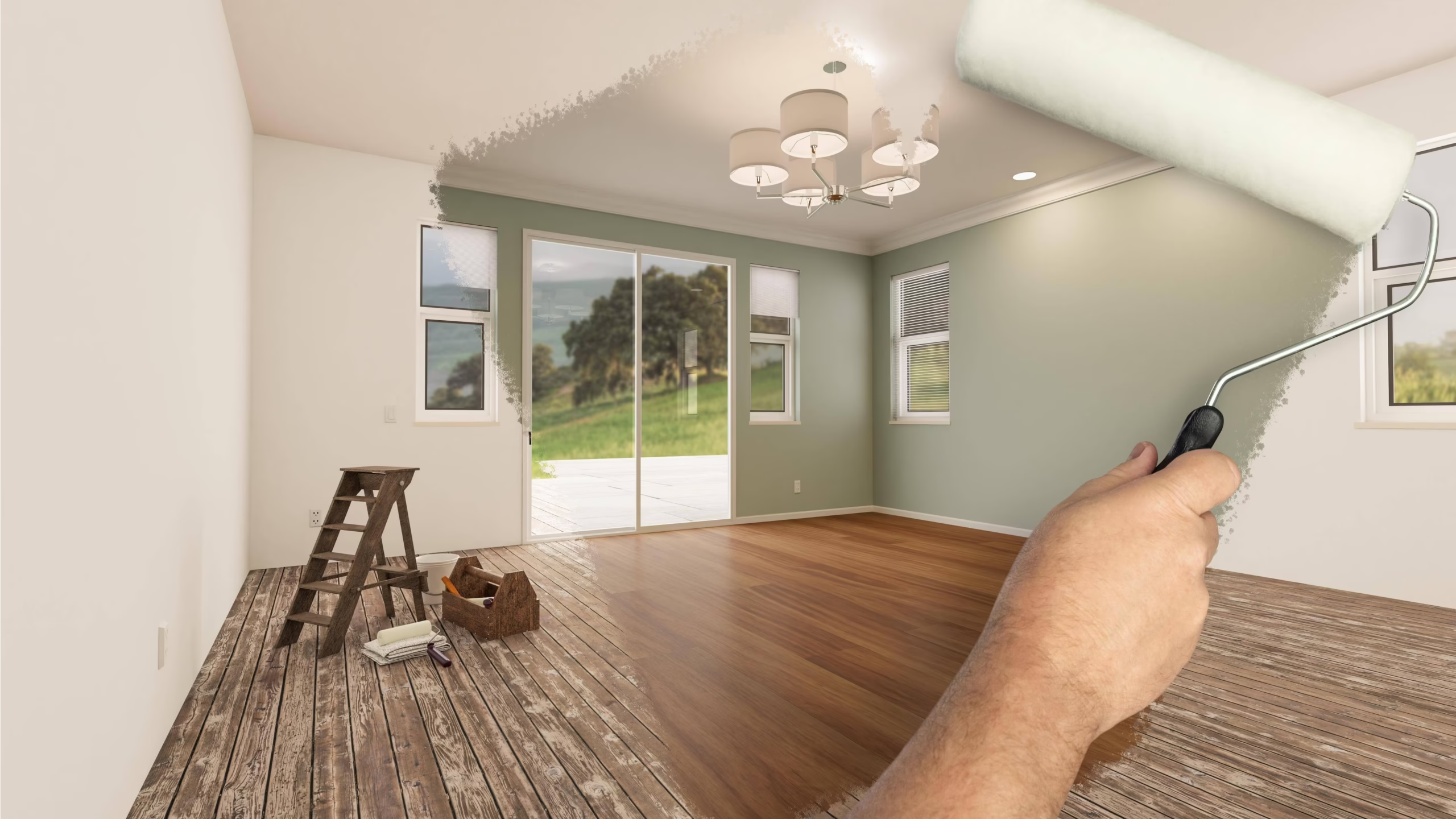Why Sciatica Pain Feels Like Fire in the Leg — And How to Cool It Down Fast

If you’ve ever felt a burning, searing sensation shoot down your leg, you know it’s not something you can just “walk off.” People often describe sciatica in leg as feeling like a hot wire or lightning bolt zapping from the lower back down to the foot. It’s the kind of pain that can stop you mid-step, disrupt your daily routine, and make even sitting or sleeping uncomfortable.
But why does it feel so intense—almost like your leg is on fire? And more importantly, how can you cool it down fast?
In this guide, we’ll break down the science behind sciatic nerve leg pain, what triggers that burning sensation, and the most effective strategies to get relief—especially for residents of The Villages who want to stay active and pain-free.
The Sciatic Nerve — Your Body’s Superhighway
To understand the “fire,” you need to meet the source: the sciatic nerve.
The sciatic nerve is the largest nerve in the body, starting in the lower spine and running down through the hips, buttocks, and legs. Think of it like a superhighway for nerve signals—carrying information back and forth between your brain and your legs.
When something compresses, irritates, or inflames this nerve, the body sends distress signals. These signals are often interpreted by the brain as pain, tingling, numbness, or a burning sensation.
Why Sciatica Pain Feels Like Fire
Here’s the short version: nerve pain is different from muscle pain. While muscle pain can feel dull, achy, or sore, nerve pain—like sciatic nerve leg pain—tends to be sharp, shooting, or burning. This happens because the sciatic nerve is highly sensitive. When it’s pinched or irritated, it sends high-intensity signals to the brain, almost like an electrical short-circuit.
That’s why people often say it feels like fire, electric shocks, or hot knives running through their leg.
Common Causes of the Burn
Several issues can trigger sciatica in leg:
- Herniated or bulging discs – A disc pressing on the sciatic nerve root can cause intense pain.
- Spinal stenosis – Narrowing of the spinal canal that squeezes the nerve.
- Piriformis syndrome – Tight muscles in the buttocks can trap the nerve.
- Injury or trauma – Falls, accidents, or sports injuries can inflame the nerve.
- Degenerative changes – Age-related wear-and-tear in the spine.
The Villages Lifestyle Connection
If you live in The Villages, you know it’s a community built for movement—golfing, walking trails, pickleball, swimming. But these activities, while healthy, can sometimes aggravate underlying nerve issues if you’re not mindful about posture, stretching, and body mechanics.
For instance:
- A long round of golf with poor swing mechanics can strain your lower back.
- Hours of sitting in a golf cart can tighten hip muscles.
- Walking or standing for extended periods without proper shoes can increase spinal pressure.
Fast Relief — How to “Cool Down” Sciatica Pain
When you’re dealing with sciatic nerve leg pain, you want relief yesterday. Here’s a breakdown of strategies to help calm the fire:
1. Cold and Heat Therapy
Cold first, then heat is a golden rule for many cases of sciatica.
- Cold packs: Reduce inflammation and numb sharp pain. Apply for 15–20 minutes.
- Heat therapy: Once inflammation is under control, switch to heat to relax tight muscles and improve blood flow.
2. Gentle Stretches
Stretching helps ease pressure on the sciatic nerve.
- Piriformis stretch – Lying on your back, cross one ankle over the opposite knee and gently pull the leg toward you.
- Knee-to-chest stretch – Gently brings the lower back into flexion to relieve nerve compression.
3. Anti-Inflammatory Support
Inflammation plays a big role in the burning sensation. Along with physician-approved medications, some find relief through:
- Omega-3-rich foods like salmon or flaxseed
- Anti-inflammatory spices like turmeric and ginger
4. Correct Your Sitting Posture
Sitting for long periods can worsen sciatica in leg. Choose chairs with lumbar support, keep your feet flat, and avoid crossing your legs. If possible, use a standing desk for part of the day.
5. Professional Care
Sometimes, self-care isn’t enough. Chiropractic adjustments, physical therapy, or other hands-on treatments can help align the spine, reduce nerve compression, and promote healing.
In The Villages, clinics such as Legacy Clinic of Chiropractic offer non-invasive approaches tailored for active adults—helping patients restore mobility and reduce pain without heavy reliance on medication.
The Importance of Addressing the Root Cause
Cooling the fire is just the first step. If you don’t address why the nerve is irritated, the pain can come back—sometimes worse than before. That’s why a professional assessment is important.
A specialist can:
- Identify whether the problem is disc-related, muscular, or postural
- Suggest targeted rehab exercises
- Guide you on activity modifications to prevent flare-ups
The Mind-Body Factor
Chronic pain isn’t just physical—it affects your mental health too. Living with sciatic nerve leg pain can lead to frustration, poor sleep, and even anxiety about movement.
Incorporating relaxation techniques—like deep breathing, meditation, or gentle yoga—can help reduce muscle tension and improve pain tolerance.
Preventing Future Flare-Ups
Once you’ve cooled the fire, prevention is the next mission.
- Stay active – Gentle movement keeps joints and muscles healthy.
- Strengthen your core – A strong core supports the spine.
- Watch your lifting technique – Bend at the knees, not the waist.
- Stretch regularly – Especially after activities like golf, gardening, or long drives.
When to Seek Immediate Help
While most cases improve with conservative care, you should seek urgent evaluation if you experience:
- Severe or sudden weakness in the leg
- Loss of bladder or bowel control
- Numbness in the groin or inner thigh area
These could indicate a serious condition requiring immediate attention.
Final Thoughts
That burning, fiery pain shooting down your leg is your body’s way of saying, “Hey, something’s wrong—listen to me!” Understanding the science behind sciatica in leg is the first step in calming it down and getting back to the activities you love in The Villages.
By combining quick-relief methods with long-term prevention, you can keep flare-ups at bay and enjoy an active, pain-free lifestyle.





